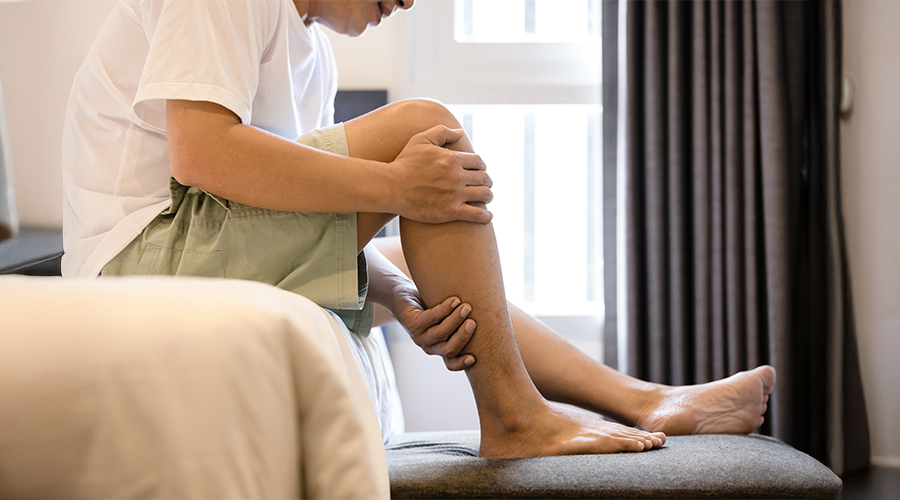Hello Ziddis! If you are working on yourself, gaining and building muscles while in a cutting phase, chances are you are wondering how you can shed fat without sacrificing your hard-earned muscle. You totally can! But it takes more strategy, discipline, and a deeper understanding of how your body works under a calorie deficit. Let us see how you can do it, too.
Why Muscle Loss Happens During a Cut
When you are in a calorie deficit, your body starts looking for energy sources. If your deficit is too aggressive or your diet lacks enough protein, your body ends up breaking down muscle tissue to meet energy demands. This would be your mechanism if your workouts change drastically during the cutting phase, like reducing resistance training or increasing cardio intensity. This causes catabolism, which is muscle breakdown, and it is more likely to happen if:
- You are not strength training consistently
- Protein intake is low
- Your deficit exceeds 25% of your maintenance calories
- Recovery is compromised
- You experience a lack of sleep, high stress or overtraining.
Bodybuilding Cutting Phase
The cutting phase is designed to make you lose fat while keeping your muscle mass intact. It follows a bulking phase and can last anywhere from 6 to 16 weeks, depending on your goal.
Key goals for bodybuilding during the cutting phase are:
- Preserve lean mass
- Maintain strength
- Avoid habits that slow down your metabolism
- Stay mentally and physically consistent.
Cutting Diet Bodybuilding
A bodybuilding cutting diet is not just about eating less, but also eating smart. Here is how you can follow a cutting diet for bodybuilding:
- Prioritise high protein and nutrient-dense meals.
- Keep fats moderate, about 0.8 to 1 gram per kg of your body weight
- Cycle carbs based on training load
- Use meal prep and macro tracking to stay in check with your intake
- Avoid fad diets and stick to a sustainable, whole food and no processed foods diet with room to personalise and flexibility
Cutting Diet Plan
If you are overwhelmed and unsure what food you should eat and what you should avoid because you are in your cutting phase, here is a diet plan for you to get started. The aim is to have 2000 to 2100 calories every day.

Breakfast ideas:
- 4 egg whites or 2 whole eggs
- 1 slice of whole wheat toast
- Black coffee or green tea
Pre-workout Snack:
- 1 Scoop of Protein supplement
- 5-10 almonds
- Green tea or coffee
- 1 banana
- 1 scoop of BCAAs
- A scoop of peanut butter
Lunch idea:
- 250 grams of grilled chicken
- 100 grams of brown rice
- Mixed greens with olive oil dressing
Dinner
- 200 grams of fish or paneer
- Stir-fried vegetables
- A small serving of quinoa or dal
Supplements
- Creatine
- Caffeine
- BCAAs
- Multivitamin
- Omega-3
- Protein powder
Takeaway
Cutting does not have to mean shrinking yourself. It means with the right training and right nutrition, along with the right supplementation, you can retain muscle and strength while reducing your fat.
Read Also: Top 10 Indian Bodybuilders: Diet and Workout Plan
Know that train like you are still building, keep your protein intake high and do not fear carbs. Supplements can support your journey well. You must always monitor your progress weekly and adjust your diet accordingly.
Stay wise and consistent to see the results.









 100% Safe & Secure payments:
100% Safe & Secure payments:




